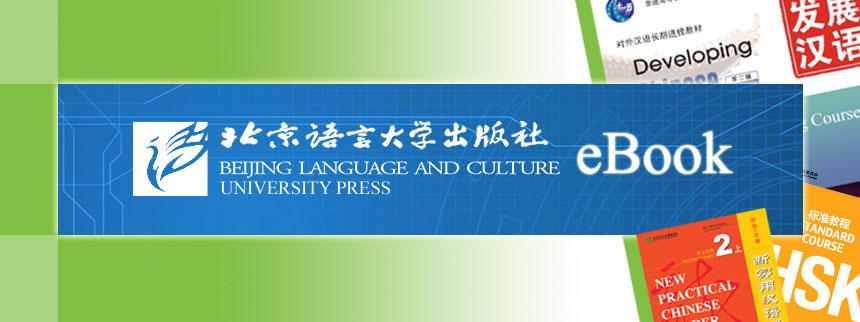Online Bookstore
- China Focus: Chinese Audiovisual-Speaking Course(Advanced Level) Vol. 2
- China Focus: Chinese Audiovisual-Speaking Course Intermediate Level (Ⅱ) Variety Shows
- China Focus: Chinese Audiovisual-Speaking Course Intermediate Level (Ⅱ) Cartoons
- China Focus: Chinese Audiovisual-Speaking Course Intermediate Level (Ⅱ) Arts
- China Focus: Chinese Audiovisual-Speaking Course Intermediate Level (Ⅱ) Society
- China Focus: Chinese Audiovisual-Speaking Course Intermediate Level (Ⅱ) Personages
China Focus: Chinese Audiovisual-Speaking Course(Advanced Level) Vol. 1
Author:Wang Tao
- Medium:Books
- ISBN: 9787561959381
- Page Count: 180
- Size:
- Pub Date:2021-12
- The book weight: 311 g
- Annotation Language:English
- Course: Visual-Audio-Oral
- Target Audience(Age):College ,Adults
- Target Audience(Language):Advanced
- The Series: China Focus: Chinese Audiovisual-Speaking Course
- Price:
-
Category: Textbooks >Study in China >Short-Term
Textbooks >Study in China >Long-Term
More














